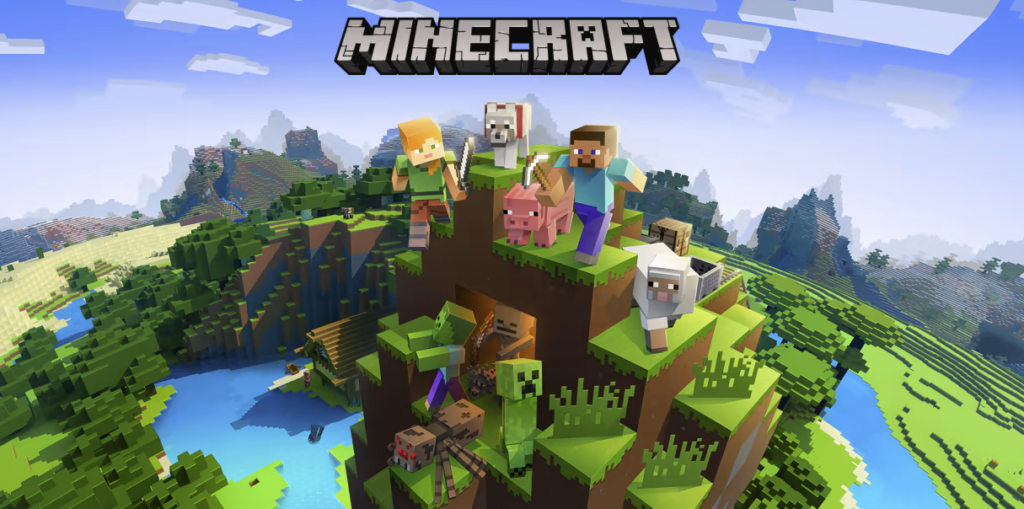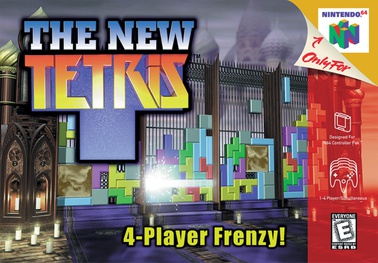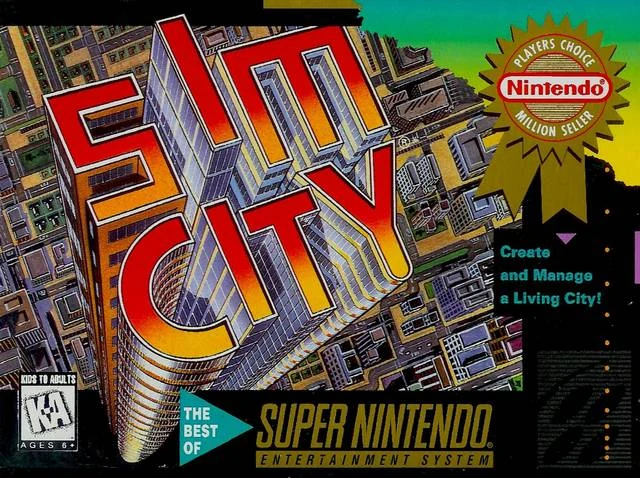This is the second game of my top 10 to feature the word “craft” and it really lives up to that status. If StarCraft II is about the craft of skill, tactics, strategy—Minecraft is about building, or crafting, a whole world.
I knew this game existed a long time before I ever checked it out. In fairness, I was in grad school, and I didn’t really have a lot of time for any games (besides StarCraft II). But when I graduated in 2014, I treated myself to an Xbox One (my first new console since the GameCube in 2002) and started getting into modern gaming again.
But what caught my eye was not Madden 15 or Grand Theft Auto V (although I got a lot of play out of these fine games) but this other $20 download—Minecraft—that looked so different from those modern games. It was a nostalgia trip built into a new world: a whole new universe of possibilities built on simplistic, old-school graphics.
Minecraft was built to build, to craft—and so I did, trying my hand at giant, blocky statues and structures. But what really was fun in those days was getting to play alongside Chrissi. We had played some video games in the past together, but not consistently. She was a The Sims aficionado, and I was largely a solo gamer myself. But Minecraft intrigued us both and we started building worlds together.
The best feature Minecraft offers arrived late in its development process, and that was the choice between playing “Creative” mode—where you have every block and tool and object at your disposal to paint a world as you want it—and “Survival” mode where you make your own way through the world, stone by stone. We preferred Survival mode, and those first few times we were dumped unceremoniously upon a completely new world were terrific adventures for us. Hiding out on the edge of a jungle waiting for morning and monsters to clear, fishing for sustenance and valuables, mining (not straight down) to find ores and the vast quantities of stone I would need for my massive road projects, taming ocelots and wolves, all while that calming, alien soundtrack lulled us into a false sense of safety. It was tons of fun.
Over the years we’d dream and build bigger. My utilitarian home bases and Chrissi’s extensive farms would be obsolete eventually. My railroads through the woods and over the rivers would be replaced by elytra wings and nether portals. But growth was slow: it took years for me to fully explore the game, and I still haven’t killed the Ender Dragon in survival.
But I don’t need to: we’ve gotten our money’s worth. Minecraft was the first modern game I played with my kid, as well. When he was little, he’d watch me mine stone and build bridges to nowhere. In one of my worlds, I wanted my home base connected to a badlands region so I could mine more gold for railroads and other fancy infrastructure. The only problem was the nearest badlands was a million miles away. So, I built a railroad from my home to the rocky waste that takes you 40 minutes of real-time riding to get there! I quarried all the stone and iron and Redstone to build the entire length, myself, too, and the twenty or so stations and stops along way. And yes, this was in Survival mode—no cheats! If you don’t think video games can be relaxing, just take that 40-minute tour of the world and try to stay awake.
It’s those kinds of odd (and often pointless) challenges that keep Minecraft fresh. Folks have famously built computers within Minecraft and all manner of other incredible engineering feats. Minecraft is a florid mix of so many things that make video games great: it’s an artistic, imaginative, and even a scientific tool (my kiddo and I have learned some about basic electronic circuits from messing around with Redstone analogues). It’s also a thrilling survival adventure where you pray to make it through your first night safely in a wild world. It’s a massively open-ended game—initially it doesn’t even tell you how to do much of anything, you have to teach yourself how the whole thing works. It’s a meditative, puzzle game, too: when I was laying down those 100 miles of rails and building massive, cliff-spanning bridges with no scaffolding (bamboo only came into the game in recent years) I was thinking about all sorts of things beyond the game. There’s no clock in the game beyond the day/night cycle, and the journey never has to end.
For me it was ultimately a cooperative game, first with my wife, then with my brother (RIP to those servers) and then with my son. Building giant sports stadiums while my kiddo built aquariums and forts were some of my favorite memories of video gaming. We still play this game nearly every day—now he’s into mods and things, and so Minecraft has become a tool as well as a game.
You can learn a lot about programming by digging into Minecraft modding as well: the game is built to be rebuilt in ways that many modern games are not. I’m hoping my kid uses this as a starting-point to build all kinds of other things he’d like to see exist.
Minecraft is the game I’ve put probably the second-most hours of play into (my most-played game was the top one on this list), and I’m not even totally sick of it yet after nearly 10 years of play. There’s always a new adventure, a new build battle, a new modpack to try. And as long as it makes my son happy, well, it’s making me happy, too.
So, here’s to my Top 10 Video Games, and Minecraft could have lived anywhere on this list: it’s a terrific game combining past and future, young and old, single- and multiplayer, creating and crafting. It’s endlessly inventive and expansive, and they still add some cool new things from time to time, too. Now get out there and mine some diamonds in the rough!













